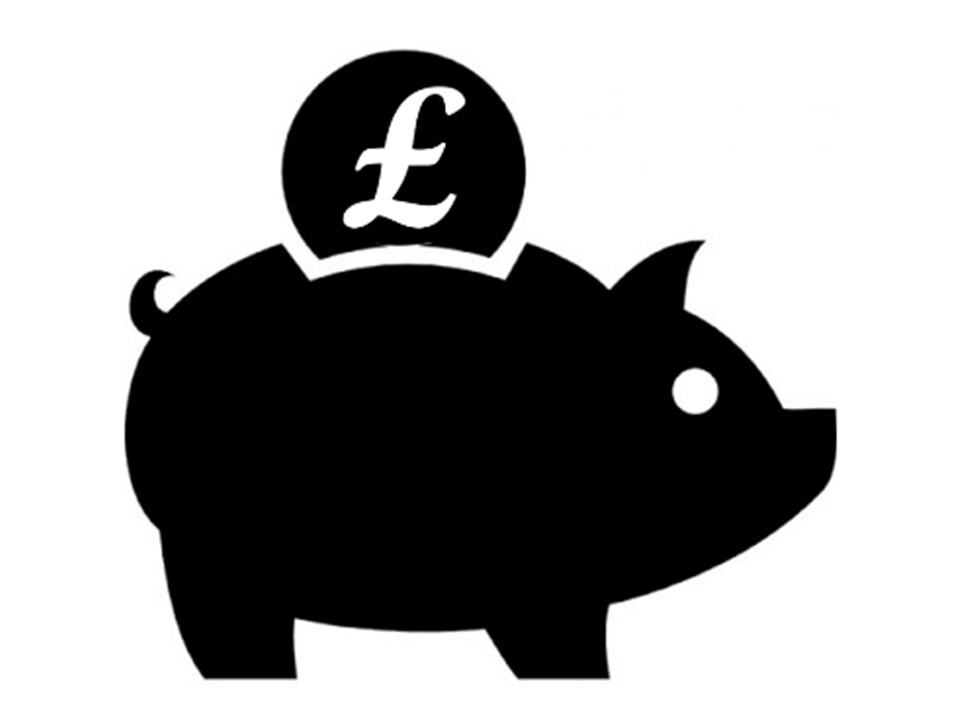What are our Top Ten shopping tips? Which foods are cheap but healthy? What other tips are there for healthy eating on a budget?
- Top Ten shopping tips
- Inexpensive, healthy foods
- More tips for healthy eating on a budget
Top Ten shopping tips
Some of our tips may seem obvious, but follow them and you can save money while still eating healthily.

Before you go shopping
- Plan your meals, then make a list of what you need and stick to it!
- Don’t go shopping when you’re hungry.
- Avoid putting these foods on your shopping list:
- Avoid foods with little nutritional value, like fizzy drinks, crisps, cakes and biscuits.
- Avoid foods that are cheap and filling but not very healthy, like white bread, pizza, cheap puddings and pot noodles.
- Avoid cheaper processed meats such as sausages, bacon and hot dogs. These foods often contain a lot of unhealthy saturated fat and can increase your risk of bowel cancer.
When you’re shopping
4. Buy fresh fruit and vegetables in season, when they are plentiful and cheap. But buy only as much as you can eat before they go off.
5. BOGOF (Buy One Get One Free) can be worthwhile for items you can store for a long time but may not be so good for items which go off quickly, such as fruit and vegetables. You can often check the latest offers online first.
6. Avoid prepared/ready meals if you can. You’re paying for the preparation and packaging, and these meals are often made with high levels of sugar, salt and fat. If you’re short of time, a prepared meal with lower levels of sugar, salt and saturated fat (often indicated by green or amber signals on the pack) will usually be healthier than a takeaway. You can also prepare your own meals for the week ahead and then freeze them, so you don't need to buy prepared meals from the shops. Instead of buying expensive coffee on the way to work, make your own at home and take it in a reusable flask or mug.
Budgeting in action!
7. Look at the top and bottom shelves when you shop. Supermarkets tend to put their most expensive products at eye level. Also, check supermarkets’ own label products.
8. Check if your local market, ethnic shops or greengrocers are cheaper than the local supermarket. Consider online shopping if it will reduce the temptation to pick up things you don't need as you walk around the supermarket.
9. Buy frozen or canned fruit and vegetables out of season. Freezing or canning the fruit and veg when they are picked reduces waste and keeps the price down.
10. Look carefully at the Sell by date and the Use by date. Shops often reduce prices if the Sell by date is close, and the Use by date still has a way to go.
|
Use by is usually found on foods with a short shelf life, such as cooked meats, fish or pork pies. |
Inexpensive, healthy foods
For a healthy, balanced diet we need a mixture of protein, carbohydrates, some fat (the right kind, and not too much), vitamins and minerals, plus water/fluids:
Protein
|
Pulses |
A cheap and healthy source of protein. |
|
Canned fish |
Another cheap source of protein, and these ‘oily’ fish contain high levels of helpful Omega 3 fatty acids. |
|
Cheap cuts of meat |
A further useful source of protein. |
|
Eggs |
Another useful and not too expensive source of protein. |
Dairy products
|
Low fat dairy products |
Dairy products are worth including for healthy teeth and bones, but check that the low-fat yoghurts aren't using sugar to replace the fat. |
Cereals and grains
|
Oats/Porridge |
Nutritious and giving a sustained release of energy. |
|
Brown rice, wholemeal pasta and bread |
Contain more fibre than their processed white equivalents. They also have a lower Glycaemic Load (which reduces the risk of diabetes), so are a healthier source of carbohydrate. |
Oils
|
Vegetable oils (like sunflower or olive oil) |
Healthier than animal fats like lard. |
Vitamins and minerals
|
Fruit and vegetables fresh in season; |
A valuable source of vitamins and minerals. |
|
Remember: Tap water (in countries where it is safe to drink), contains no sugar and is free! |
If some of the healthy food we’ve mentioned might sound a bit bland, you can look for healthy ways to add extra taste. For example, add cinnamon, honey, fruit or yoghurt to porridge. For other meals adding spices, herbs, curry powder, tomato sauce, lime juice or vinegar can all add extra flavour.
More tips for healthy eating on a budget
Make sure you have breakfast
As the saying goes, ‘Breakfast like a king. Lunch like a prince, and dine like a pauper’. Breakfast is probably the most important meal of the day. Studies have shown that people who eat breakfast are less likely to be obese (possibly because they are less likely to snack on sugary foods).
People who have breakfast also appear to have reduced health risks. A study of 82,772 people in Japan, conducted over 15 years and published in 2016, found that breakfast was associated with a reduced risk of stroke. While German researchers, reviewing six different studies with 96,000 participants, concluded that skipping breakfast four or five times a week increased the risk of type 2 diabetes by 55%.
If you choose from food like porridge/oats, fruit, yoghurt, reduced-sugar baked beans, wholegrain toast and scrambled or poached eggs, you’ll be making a low-cost, healthy start to your day.
If you’re working, take a packed lunch
This will usually be cheaper than eating out or buying food during your lunch break. Remember to include some salad, fruit or vegetable.The British Dietetic Association has a useful Food Fact Sheet specifically designed to help you make healthy packed lunches.
Add more vegetables and/or pulses to meat-based dishes
Eat more vegetables and/or pulses to help provide volume and nutrition so you don’t need as much meat. This will save you money while cutting down on the amount of unhealthy saturated fats you’re consuming.
Grow your own fruit and vegetables
If you haven’t much money but have some spare time, consider ‘growing your own’ in a local allotment, your back garden or even in a window box (for herbs).
Reduce waste – avoid throwing away food
Average UK households throw away a third of the food they buy. You can avoid throwing away food and you can save money by:
- buying only what you need
- serving food on smaller plates
- using leftovers (save them in cling film or food containers, to reuse the next day).
Check out low-cost recipes online
Useful websites to explore are:
Reviewed and updated by Kirulagini Sivamathavan April 2021. Next review date March 2025.
__________________________
Other relevant articles on the Age Watch website:
- Diet: Good fats and bad fats
- Diet: How to ensure we eat more healthily
- Diet: The Mediterranean diet
- Diet: Salt, sugar and fat
- Diet: Top foods
- Diet: Vitamins and minerals
- Diet: Regional diets
- Living longer: Eat less and live longer?



